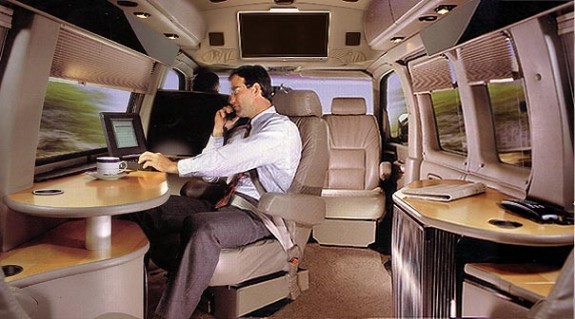Remote workers need tools that are versatile to many different environments. You might find yourself hunkering down in cafes throughout the winter, converting a hotel desk into an office during summer vacation, or building a workstation at home.
All of these scenarios require a certain amount of flexibility. Your gear can’t be too fragile or heavy – otherwise it’ll cut into your fast-paced and mobile workflow. Here are a few crucial tools for light-footed remote workers.

Compact Backups
G-Drive, Western Digital, and LaCie make portable hard drives that can save your precious work documents if your computer suddenly goes down. Keep an eye out for “bus-powered” devices, this means that the hard drive is powered by your computer through a USB, Firewire, or Thunderbolt connection. Bus-powered devices increase portability, since they don’t have to be connected to an AC wall adapter.
Don’t forget that a backup hard drive will add weight to your current remote office load, if you’re carrying technology to a café, library, or other location. Be sure to examine the total weight of the device, so you’re not lugging around more equipment than you have to.
Ethernet Cable and Wi-Fi Router
Travelers often find themselves in hotels and hostels with Ethernet connections but no cable. And you’ve got deadlines piling up. An extra Ethernet cable can save the day, allowing you to jack into a venue’s Internet service. If your need to untether yourself from the wall outlet, plug the Ethernet cable into a Wi-Fi router, open your laptop, and set up a secure WPA password-protected network. This allows you to connect multiple wireless devices to a network, such as smartphone and tablets.
Sturdy Backpack
Remote workers aren’t strangers to shoulder and neck tension. After working in front of a computer for hours, your shoulders will be screaming if you start lugging around a poorly designed messenger bag. Distribute the load evenly across your back with a high-quality backpack. It should be designed to hold your technology, with special sleeves for tablets or laptops. If you commute through rainy weather, consider tossing in a sealable plastic bag or water resistant sleeve to keep your electronics safe from the elements.
VoIP Phone System
A virtual-pbx-VoIP system lets you take company calls while on the road, so that you’re not tethered down to a call center or office headquarters. Customers can dial a toll-free-number in their home country. Their calls are then forwarded to your connected office communications hardware by the VoIP system. Many remote office workers will add a telephone headset to their communications arsenal, freeing up your hands as you take calls.
Screen Sharing Software
Team collaboration can get a little tricky if employees are scattered across the globe. For example, you might be training someone on computer processes and finding it difficult to provide instruction via email or over the phone. What if you could just show them? Screen sharing apps like Team Viewer and WebEx let others view your current computer screen and actions. This allows you to lead through example and demonstration.
Video Conferencing Camera
A basic webcam is just one of the many options available to remote office workers who wish to videoconference. You might not even need to purchase a separate device, since so many gadgets come with web-ready cameras now. Android and iOS tablets and smartphones with built-in cameras can be quickly incorporated into a videoconferencing environment using third-party apps and Unified Communications systems.
These six tools can help remote office workers keep their momentum, no matter what obstacles they face while on the go. Sturdiness and portability are the main features you should look out for, as you price out new equipment. Remote office locations are in continual flux, and your tools should be able to adapt to fit the situation.
